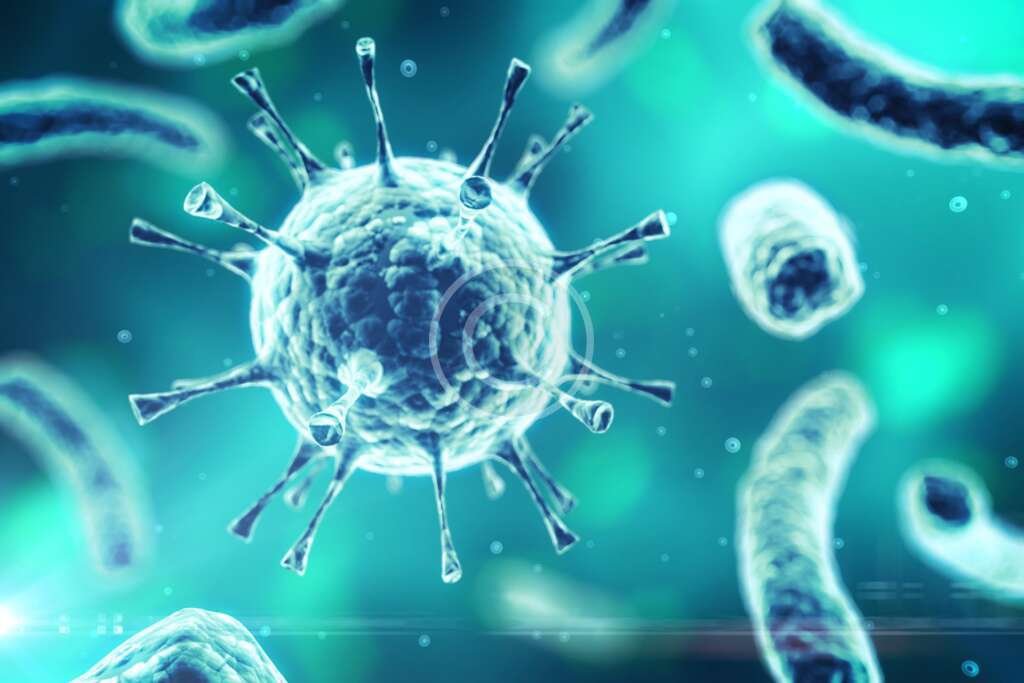COVID-19, caused by the SARS-CoV-2 virus, has reshaped global healthcare and left a legacy that goes beyond the immediate symptoms of the infection. While many individuals recover fully within weeks, a significant number experience persistent symptoms or develop new health issues after their initial recovery. This phenomenon, commonly referred to as Long COVID or Post-Acute Sequelae of SARS-CoV-2 Infection (PASC), has become a major area of medical research and public concern.
In this article, we delve into the long-term effects of COVID-19, explaining how the virus impacts various systems of the body, the symptoms associated with Long COVID, its possible causes, and management strategies.
What is Long COVID?
Long COVID refers to a range of symptoms that persist weeks or months after the acute phase of a COVID-19 infection has resolved. The World Health Organization (WHO) defines Long COVID as symptoms that occur within three months of infection, last for at least two months, and cannot be explained by an alternative diagnosis.Who is at Risk?
Anyone who has had COVID-19 can develop Long COVID, but certain groups are more susceptible:- Older adults
- Individuals with underlying health conditions (e.g., diabetes, obesity, or cardiovascular diseases)
- Those who experienced severe COVID-19 symptoms requiring hospitalization
- Women are reported to experience Long COVID at higher rates than men
Common Symptoms of Long COVID
Long COVID can manifest in a wide range of symptoms that affect multiple organ systems. These symptoms can vary in severity and may fluctuate over time.1. Fatigue
Extreme tiredness is one of the most reported symptoms, often described as overwhelming and not relieved by rest.2. Brain Fog
Cognitive impairments, such as difficulty concentrating, memory lapses, and mental fatigue, are hallmark features of Long COVID.3. Respiratory Issues
- Persistent cough
- Shortness of breath
- Reduced exercise tolerance
4. Cardiovascular Symptoms
- Heart palpitations
- Chest pain
- Postural Orthostatic Tachycardia Syndrome (POTS), where heart rate increases excessively upon standing
5. Neurological Effects
- Headaches
- Dizziness
- Peripheral neuropathy (tingling, numbness in hands and feet)
6. Psychological Effects
- Anxiety
- Depression
- Post-traumatic stress disorder (PTSD)
7. Sleep Disorders
Insomnia and disrupted sleep cycles are common, compounding fatigue and cognitive issues.8. Gastrointestinal Symptoms
- Nausea
- Diarrhea
- Loss of appetite
9. Musculoskeletal Pain
- Muscle aches
- Joint pain
10. Hair Loss and Skin Conditions
Hair thinning and rashes may occur due to stress or immune responses triggered by the virus.Impact of Long COVID on Different Organ Systems
1. Respiratory System
COVID-19 primarily targets the lungs, and long-term respiratory issues are common:- Persistent lung inflammation
- Pulmonary fibrosis (scarring of lung tissue)
- Reduced lung capacity
2. Cardiovascular System
The virus can cause lasting damage to the heart and blood vessels:- Myocarditis (inflammation of the heart muscle)
- Microvascular damage
- Increased risk of blood clots
3. Nervous System
Neurological complications may result from direct viral invasion, inflammation, or immune responses:- Autonomic dysfunction
- Increased risk of strokes
- Cognitive impairments
4. Immune System
In some cases, COVID-19 triggers an overactive immune response or autoimmunity, leading to chronic inflammation or conditions like lupus or rheumatoid arthritis.5. Endocrine System
COVID-19 can disrupt hormonal balance:- New-onset diabetes
- Dysregulated cortisol levels
Possible Mechanisms Behind Long COVID
Researchers have proposed several mechanisms to explain Long COVID:1. Persistent Viral Reservoirs
Fragments of the SARS-CoV-2 virus may remain in tissues, triggering ongoing immune responses.2. Immune System Dysregulation
The infection may lead to a hyperactive or improperly regulated immune system, causing inflammation and tissue damage.3. Microclots and Endothelial Damage
Tiny blood clots and damage to the lining of blood vessels can impair oxygen delivery to tissues, contributing to symptoms like fatigue and brain fog.4. Autonomic Nervous System Dysfunction
Post-COVID autonomic dysfunction can lead to conditions like POTS or chronic fatigue syndrome (CFS).5. Reawakening of Latent Viruses
COVID-19 may activate dormant viruses, such as Epstein-Barr virus (EBV), exacerbating symptoms.Diagnosis of Long COVID
There is no single test for Long COVID. Diagnosis is based on the patient’s history of COVID-19 infection, persistent symptoms, and exclusion of other possible causes. Key tools for diagnosis include:- Blood tests: To rule out anemia, thyroid dysfunction, or inflammation markers
- Imaging tests: CT scans, MRIs, or X-rays for assessing lung or heart damage
- Cognitive assessments: For brain fog and memory issues
Management and Treatment of Long COVID
There is no specific cure for Long COVID, but multidisciplinary approaches can help manage symptoms:1. Symptom Management
- Fatigue: Pacing activities and energy conservation
- Brain Fog: Cognitive rehabilitation and memory exercises
- Respiratory Issues: Pulmonary rehabilitation and breathing exercises
2. Medications
- Anti-inflammatory drugs to manage chronic inflammation
- Anticoagulants for patients with microclots or increased clotting risk
3. Mental Health Support
Psychological therapies, such as Cognitive Behavioral Therapy (CBT), can help address anxiety, depression, and PTSD.4. Nutritional Support
A balanced diet rich in anti-inflammatory foods and supplements like vitamin D and zinc may support recovery.5. Physical Rehabilitation
Physical therapy can help restore strength, improve endurance, and alleviate joint pain.Current Research on Long COVID
Ongoing studies aim to uncover the underlying causes of Long COVID and develop effective treatments. Notable initiatives include:- RECOVER Initiative (NIH, USA): A comprehensive study into Long COVID’s effects and mechanisms.
- PHOSP-COVID Study (UK): Researching the long-term impacts of COVID-19 on health outcomes.
Prevention of Long COVID
The best way to prevent Long COVID is to avoid contracting COVID-19 through:- Vaccination and booster doses
- Wearing masks in high-risk areas
- Practicing good hand hygiene



